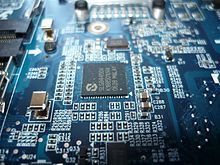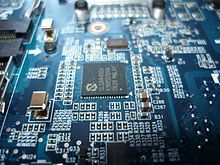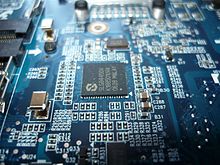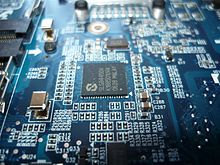Friday, October 29, 2021
Design of Transformer less Single Phase Inverter
Thursday, October 28, 2021
Separate Conductors for AC and DC Supply
Wednesday, October 27, 2021
Analysis of Power Quality Issues and Implementation of UPQC Topologies to Enhance Power System Stability
Saturday, October 23, 2021
A Review on Various Topologies of Generators, Power Converters and Control Schemes in Wind Energy Systems
To Study, Analysis and Implementation of Power Quality Improvement Using DSTATCOM with ANN Back Propagation Algorithm
Tuesday, October 19, 2021
Sustainable Cities
Digital Health
Vehicular Networking
Monday, October 18, 2021
Digital Economy A Primer
Thursday, October 14, 2021
Another Path for Measuring Industrial Parameters
Is there accurate and cost effective solution for measuring industrial parameters like, flow, level, pressure, temperature, weight, volume, density in present era Industrial parameters can easily measured by using resistivity and conductivity of materials only. Cost effective way to measure parameters of gas, liquid and Solid materials by measuring change in mili or micro amperes only. Let us understand by below mentioned examples and measuring techniques.
by Mr. Darnesh "Another Path for Measuring Industrial Parameters"
Published in International Journal of Trend in Scientific Research and Development (ijtsrd), ISSN: 2456-6470, Volume-5 | Issue-6 , October 2021,
URL: https://www.ijtsrd.com/papers/ijtsrd46462.pdf
internationaljournalofmanagement, callforpapermanagement, managementjournal
Wednesday, October 13, 2021
Electrical Panels and Cables Noise Solutions
Thursday, October 7, 2021
Machine Learning in Material Characterization
Machine learning has shown great potential applications in material science. It is widely used in material design, corrosion detection, material screening, new material discovery, and other fields of materials science. The majority of ML approaches in materials science is based on artificial neural networks ANNs . The use of ML and related techniques for materials design, development, and characterization has matured to a main stream field. This paper focuses on the applications of machine learning strategies for material characterization.
by Matthew N. O. Sadiku | Guddi K. Suman | Sarhan M. Musa "Machine Learning in Material Characterization" Published in International Journal of Trend in Scientific Research and Development (ijtsrd), ISSN: 2456-6470, Volume-5 | Issue-6 , October 2021,
URL: https://www.ijtsrd.com/papers/ijtsrd46392.pdf
callforpaperinternationaljournal, ugclistofjournals, bestinternationaljournal



















